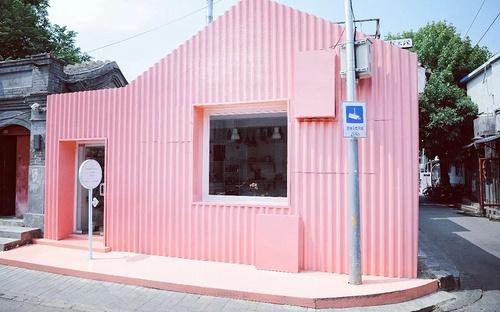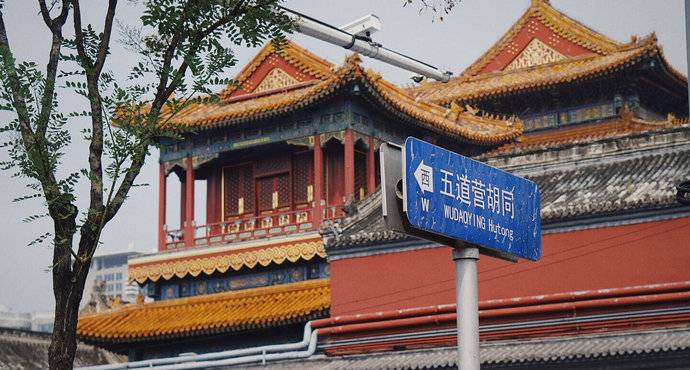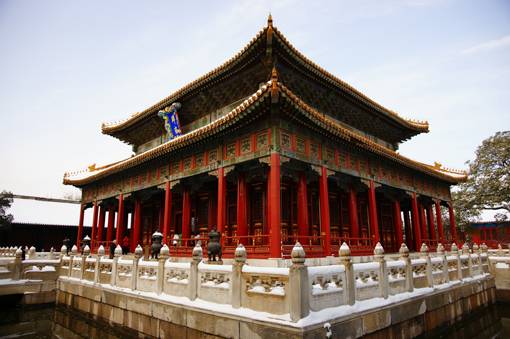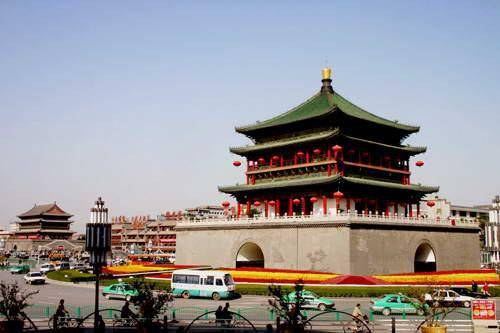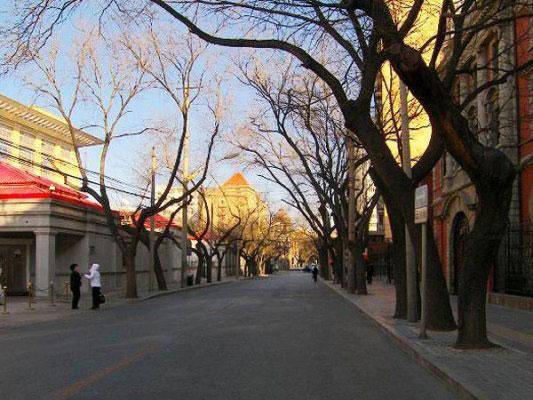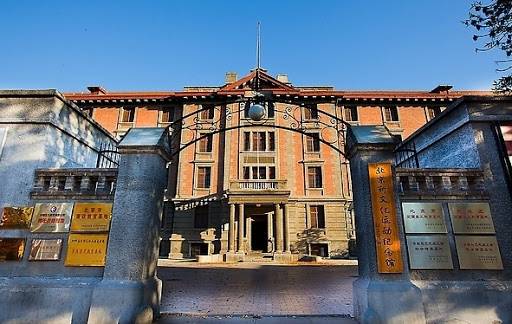Wudaoying was formerly known as Wudewei Camp, later renamed Wudaoying Hutong. 'Ying' refers to a military unit, and the place where troops are stationed is generally also called 'Ying'. Nowadays, Wudaoying has become the latest trendy and artistic gathering place in Beijing, filled with various cafes, book bars, and boutique shops. It is a new favorite spot for literary youth.
Beijing Guozijian
Guozijian is located on Guozijian Street (formerly known as Chengxian Street) inside Andingmen in Beijing. It is adjacent to the Confucius Temple and Yonghe Palace. Guozijian was the highest administrative institution for managing education and the highest educational institution established by the state during the Yuan, Ming, and Qing dynasties. The Beijing Confucius Temple is part of Guozijian, originally known as the Guozijian Confucius Temple or the Capital Confucius Temple. It was the place where the emperor held national ceremonies to worship Confucius. Together with the Imperial College (Guozijian) on the west side, it forms the architectural layout of 'temple on the left, school on the right.'
Yonghe Temple is located on the east side of Yonghe Temple Street. It is the largest Tibetan Buddhist temple in Beijing. The original site of Yonghe Temple was the official residence of the Ming Dynasty's eunuch supervisor. In the 32nd year of Kangxi in the Qing Dynasty (1693), it became the residence of the fourth son of the emperor, Yinzhen. In 1983, it was designated as a national key Buddhist temple in the Han ethnic region by the State Council.
Drum Tower
Beijing's Drum Tower Street is ancient and heavy, with numerous interconnected hutongs, many time-honored shops, and a variety of traditional Beijing snacks on both sides. Nowadays, the street is gradually infused with a sense of fashion. The blend of classical and modern elements brings new vitality to Drum Tower Street.
Qianmen Street is a very famous commercial street in Beijing. Located on the central axis of the capital, the street is 845 meters long and the carriageway is 20 meters wide. From the Ming and Qing dynasties to the Republic of China, it was called Zhengyangmen Street, commonly known as Qianmen Street by the public. It was officially named Qianmen Street in 1965. Beijing's most famous 'Dashilanr' is also among it.
Dongjiaomin Lane is a hutong in Dongcheng District, Beijing. The hutong starts from East Road of Tiananmen Square in the west and ends at Chongwenmen Inner Street in the east, with a total length of nearly 3 kilometers, making it the longest hutong in old Beijing. Dongjiaomin Lane was a gathering place for foreign embassies in the late Qing Dynasty, so the street is lined with Western-style buildings that have largely retained their original appearance. There are many plainclothes police officers on the street, and photography is prohibited in some areas.
Peking University Red Building
Originally built in 1916 and completed in 1918, it was the campus of Peking University and the birthplace of the New Culture Movement. The building is a four-story red brick structure. The first floor houses an exhibition hall with special exhibitions introducing Chen Duxiu and Cai Yuanpei. The screening room shows films introducing the May Fourth Movement at 10:30, 11:30, 13:30, and 14:30.
A very quiet alley compared to Nanluoguxiang. Due to the overdevelopment of Nanluoguxiang, it seems to have become a forgotten corner, but it is actually very worth visiting.
